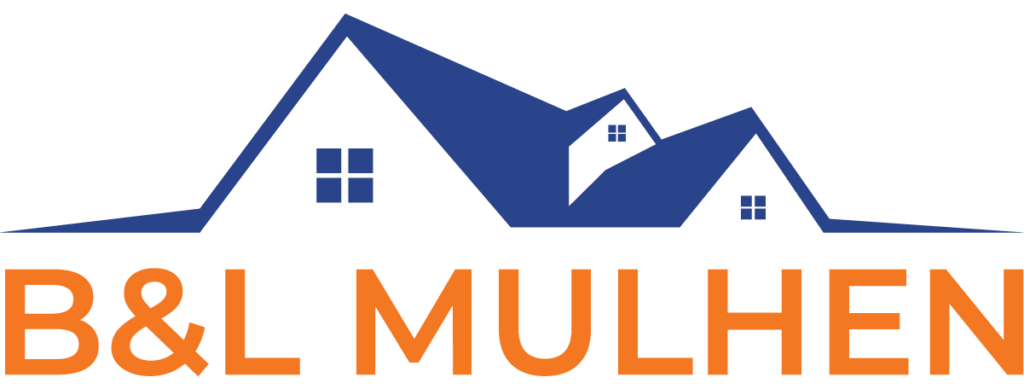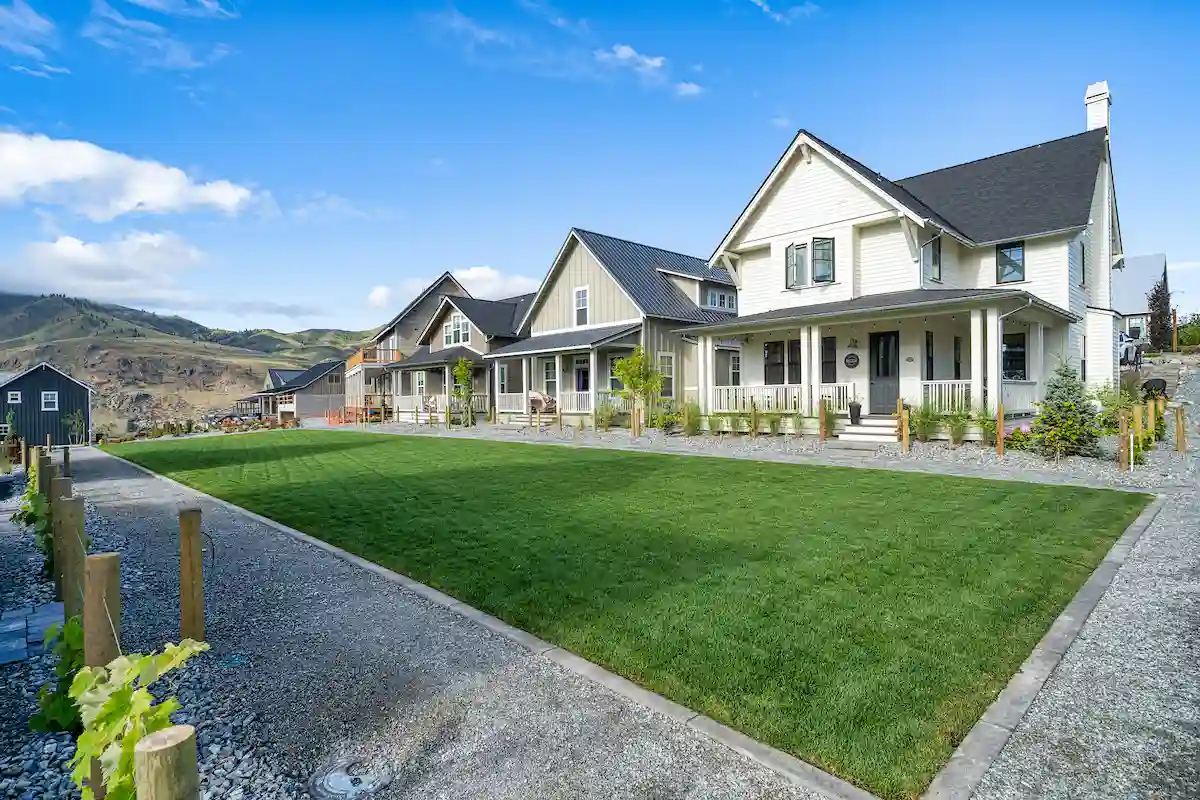In the world of real estate, one of the most significant factors that can influence property value is proximity to parks and green spaces. Buyers today are more conscious of the lifestyle and health benefits associated with living near nature, and this is having a profound impact on real estate prices.
A well-maintained park not only improves the aesthetic appeal of a neighborhood but also adds a valuable outdoor space where residents can engage in physical activities, relax, or socialize. As demand for homes near parks and green spaces rises, so too does the overall value of properties in these areas. In this article, we will explore why homes near parks are not just desirable but also command higher prices, ultimately offering more significant long-term investment potential.
The Impact of Green Spaces on Home Value
Proximity to parks and green spaces has been proven to significantly increase the value of properties. Numerous studies and real estate trends have shown that homes situated near parks tend to appreciate at a faster rate compared to homes located farther from green areas. This impact can be attributed to a variety of factors, such as the improved quality of life and the availability of outdoor recreational opportunities.
Green spaces contribute to healthier lifestyles, reduce stress, and improve the overall well-being of those who live nearby. These benefits make properties close to parks more attractive to homebuyers, who are willing to pay a premium for the added advantages that come with being close to nature.
Moreover, the visibility of greenery can make the neighborhood more visually appealing, further driving up property values. As cities and towns continue to develop, properties close to parks become increasingly coveted, providing a reliable long-term investment opportunity for savvy real estate investors.
The Psychological and Physical Benefits of Green Spaces
The benefits of living near a park go beyond the physical space it provides; green areas offer significant psychological and emotional benefits as well. Research has consistently shown that proximity to nature contributes to reduced levels of stress, anxiety, and depression. Parks offer a tranquil environment where residents can escape from the noise and chaos of urban life.
This psychological relief is one of the reasons why homebuyers are so attracted to areas with parks. Additionally, parks encourage outdoor activities such as walking, jogging, cycling, and even team sports, all of which contribute to a healthier lifestyle. People who live near parks are more likely to engage in these activities, leading to better physical health.
The overall well-being associated with living near green spaces creates a higher demand for these properties, leading to higher property values. In essence, green spaces provide a dual benefit: a healthier environment for individuals and increased demand for homes, which translates to higher property prices.
Does Living Near a Park Increase Home Value?
Yes, living near a park can significantly increase the value of a home. Properties in close proximity to parks are more desirable because they offer a unique combination of accessibility, nature, and recreational opportunities. Buyers today prioritize convenience and lifestyle, and parks provide just that. When comparing two similar homes, one located near a park and the other further away, the home near the park will almost certainly be priced higher.
Not only does it offer the practical benefit of easy access to outdoor space, but it also offers a sense of serenity and community. Parks are often the heart of a neighborhood, and homes nearby are viewed as more connected to the community, offering a better overall living experience. This increase in desirability drives up property values, making homes near parks a wise investment for both homeowners and real estate investors alike.
Homes Near Parks Sell Faster
One of the notable trends in real estate is that homes near parks tend to sell faster than those located in less desirable locations. This can be attributed to the demand for homes with access to green spaces, which has steadily grown over the years. Parks provide a desirable lifestyle, offering opportunities for outdoor recreation, socializing, and relaxation—all of which are increasingly valued by modern homebuyers.
Furthermore, the appeal of living near a park is timeless, as it attracts a wide range of potential buyers, from families looking for outdoor play spaces for their children to retirees seeking a peaceful environment. As a result, homes near parks are more likely to generate interest and receive offers quickly. The quicker sale times associated with these properties make them particularly attractive to sellers, as they can often sell their homes at a higher price and with less time on the market.
The Value of Property Close to Parks
The value of property located near parks is often higher due to several key factors. Parks not only increase the aesthetic appeal of the neighborhood but also improve the overall livability of the area. The presence of green space enhances the environment by providing a buffer against urban sprawl, offering a natural retreat for residents.
This makes homes near parks more attractive, and as demand increases, so does the value of the property. Additionally, properties located near parks tend to appreciate faster than those in areas with little or no green space. Over time, this can result in a significant return on investment for homeowners and real estate investors who choose to buy in such neighborhoods.
Proximity to parks also boosts the overall appeal of a neighborhood, attracting buyers who value the combination of natural beauty and accessibility to public green spaces. As more homebuyers recognize the advantages of living near parks, the value of these properties continues to rise.
Neighborhood Parks and Housing Value
Even smaller neighborhood parks can have a significant impact on housing value. While large urban parks provide substantial green spaces for recreational activities, smaller parks within residential neighborhoods still offer immense value. These parks provide a peaceful retreat and serve as community hubs where neighbors can connect and socialize.
They also contribute to a sense of well-being and increase the overall desirability of the area. The presence of smaller parks can turn an otherwise ordinary neighborhood into a highly sought-after location. For homeowners, this translates into increased demand and higher property values.
Neighborhood parks are also essential in urban areas, where green space may be limited, making them even more valuable to potential buyers who are looking for a balance of urban convenience and access to nature. In essence, whether large or small, parks play an important role in shaping the desirability and value of real estate in their vicinity.
How Green Spaces Affect Home Value
Green spaces have a direct influence on home value by enhancing the overall neighborhood environment. The presence of parks and green areas makes a neighborhood more attractive, increasing the demand for homes located nearby. Buyers recognize the added value of living near such amenities, which not only offer physical and psychological benefits but also improve the overall aesthetic of the area.
Homes located near green spaces often see higher property values because they offer a more desirable living experience. Additionally, parks and recreational areas help improve air quality, reduce noise pollution, and increase safety, making them attractive to homebuyers. Over time, properties near green spaces have shown to appreciate at a faster rate than those without nearby parks. This makes green space a key factor in determining the long-term value of a property.
Real Estate Trends Near Green Spaces
Real estate trends indicate that neighborhoods with easy access to parks and green spaces are experiencing increased demand. As cities become more urbanized, there is a growing recognition of the importance of green areas for enhancing the quality of life. Properties near parks and green spaces are seen as more desirable, not only because of the immediate benefits of outdoor access but also because they provide a sense of community and tranquility that is rare in busy urban environments.
Buyers are willing to pay a premium for homes that offer this kind of access to nature, leading to higher property prices and faster sales. As demand for green spaces grows, properties near these areas are becoming increasingly valuable, making them a smart investment for those looking to enter the real estate market.
The Effect of Parks on Property Prices
The effect of parks on property prices is profound. Properties located near parks consistently outperform those in areas lacking green spaces, experiencing higher appreciation rates and faster sales. Studies have shown that properties within walking distance of parks can see price increases of up to 20% compared to similar properties further away.
This increase in value is due to the undeniable appeal of parks and green spaces, which offer a wide range of lifestyle benefits to residents. From better air quality to the potential for outdoor recreation, green spaces improve the overall livability of a neighborhood, making it a more attractive place to live. As a result, homes near parks are often viewed as more desirable and can command higher prices in the market.
Benefits of Living Near Green Spaces
Living near green spaces offers numerous benefits that extend beyond just financial gains. The peace and tranquility of parks provide an escape from the hustle and bustle of urban life, promoting mental and physical well-being. Parks also encourage outdoor activities, social interaction, and community engagement, all of which contribute to a healthier, more connected lifestyle.
For homeowners, these benefits enhance the overall quality of life and make living near parks highly desirable. Additionally, the long-term financial benefits of owning a home near a park are significant, as these properties tend to appreciate faster and hold their value better than homes in other locations. Whether for health, community, or financial reasons, living near green spaces offers immense advantages that homeowners and investors alike are eager to tap into.
Home Value Near Recreational Areas
Homes near recreational areas, such as parks, sports facilities, and walking trails, tend to have higher property values. These areas offer the convenience of outdoor recreation, which attracts buyers looking for a healthy and active lifestyle. The added amenities of living near these spaces, such as access to playgrounds, fitness areas, and walking trails, make properties more appealing to a broad range of homebuyers.
Families, in particular, are drawn to homes near recreational areas because of the added space for children to play and the opportunity to enjoy outdoor activities as a family. For real estate investors, properties near recreational spaces offer excellent potential for long-term appreciation and consistent rental income, making them a wise investment choice.
The Value of Living Near Parks and Green Spaces
In conclusion, proximity to parks and green spaces significantly increases property value. The aesthetic, health, and community benefits associated with living near green areas make these properties highly desirable. As demand for homes with easy access to parks and recreational spaces continues to rise, the value of such properties will likely keep increasing.
Whether you are a buyer, seller, or investor, recognizing the importance of green spaces can help guide your real estate decisions and provide significant returns on investment. The connection between parks and property value is undeniable, and as cities and neighborhoods continue to grow, properties near parks will remain at the top of homebuyers’ lists.
Investing in homes close to green spaces can offer long-term growth. Check out Mulhen Buys Properties for homes situated near parks and natural recreational areas.





